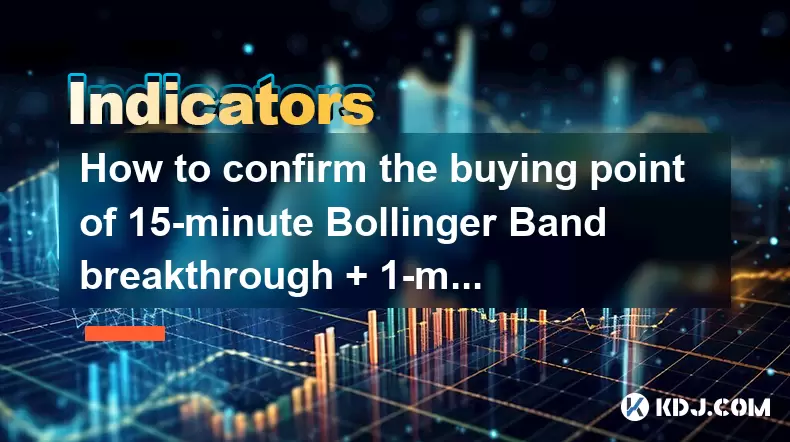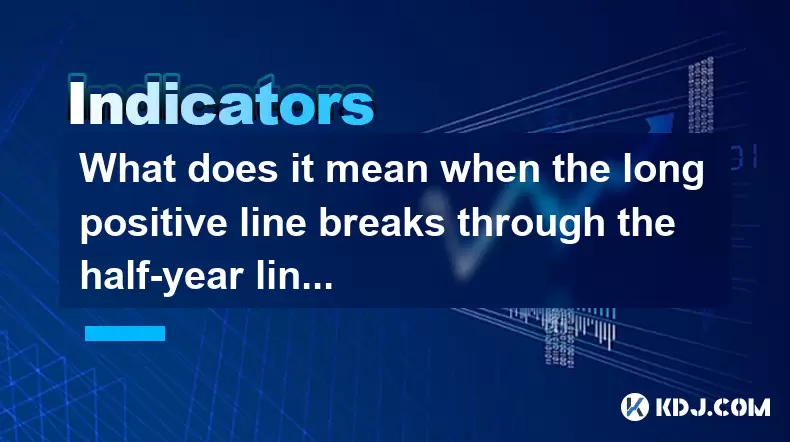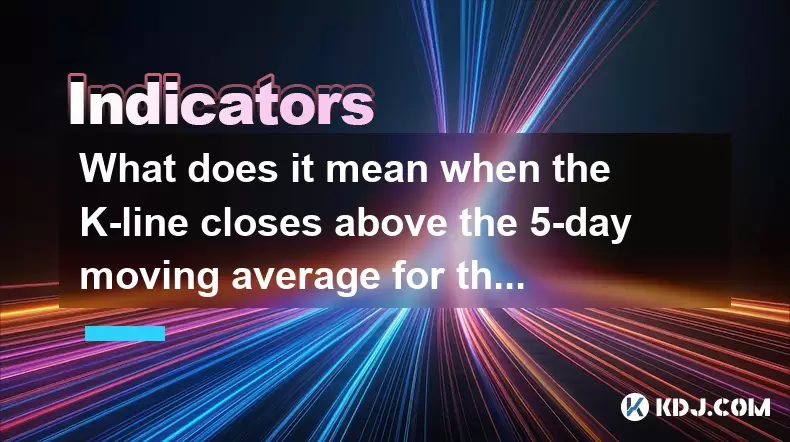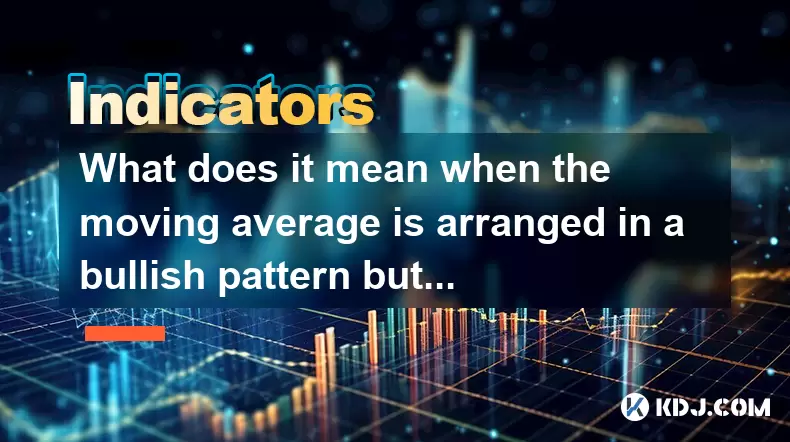-
 Bitcoin
Bitcoin $115100
-2.99% -
 Ethereum
Ethereum $3642
-1.38% -
 XRP
XRP $3.027
-5.51% -
 Tether USDt
Tether USDt $1.000
-0.05% -
 BNB
BNB $763.4
-1.32% -
 Solana
Solana $177.2
-5.42% -
 USDC
USDC $0.9999
-0.02% -
 Dogecoin
Dogecoin $0.2247
-6.47% -
 TRON
TRON $0.3135
0.23% -
 Cardano
Cardano $0.7824
-4.46% -
 Hyperliquid
Hyperliquid $42.53
-0.97% -
 Stellar
Stellar $0.4096
-6.09% -
 Sui
Sui $3.662
-2.61% -
 Chainlink
Chainlink $17.63
-3.57% -
 Bitcoin Cash
Bitcoin Cash $536.3
2.94% -
 Hedera
Hedera $0.2450
0.34% -
 Avalanche
Avalanche $23.23
-3.15% -
 Litecoin
Litecoin $112.2
-1.23% -
 UNUS SED LEO
UNUS SED LEO $8.976
-0.30% -
 Shiba Inu
Shiba Inu $0.00001341
-2.72% -
 Toncoin
Toncoin $3.101
-2.44% -
 Ethena USDe
Ethena USDe $1.001
-0.05% -
 Uniswap
Uniswap $10.08
-1.97% -
 Polkadot
Polkadot $3.938
-2.77% -
 Monero
Monero $323.9
0.87% -
 Dai
Dai $0.9999
-0.02% -
 Bitget Token
Bitget Token $4.481
-1.69% -
 Pepe
Pepe $0.00001199
-5.94% -
 Aave
Aave $288.2
-0.68% -
 Cronos
Cronos $0.1279
0.36%
How to confirm the buying point of 15-minute Bollinger Band breakthrough + 1-minute volume increase?
A Bollinger Band breakout on the 15-minute chart, confirmed by a 1-minute volume surge, signals strong momentum—ideal for short-term crypto trades with proper risk management.
Jul 25, 2025 at 01:29 pm

Understanding the Bollinger Band Breakout Strategy on a 15-Minute Chart
The Bollinger Band breakout strategy is widely used in cryptocurrency trading to identify potential price reversals or continuations. When applied to a 15-minute timeframe, it becomes a powerful tool for short-term traders seeking to capitalize on volatility. Bollinger Bands consist of three lines: a simple moving average (SMA) typically set at 20 periods, and two standard deviation bands above and below it. A breakout occurs when the price moves beyond the upper or lower band, signaling a potential surge in momentum.
In this context, a bullish breakout happens when the price closes above the upper Bollinger Band. This often indicates overbought conditions but can also suggest strong upward momentum, especially if confirmed by other indicators. Traders should not act solely on the breakout; confirmation is essential. The key is to wait for the breakout to occur and then seek volume confirmation on a lower timeframe—specifically the 1-minute chart—to validate the move.
Identifying a Valid Breakout on the 15-Minute Chart
To determine whether a breakout is genuine, traders must analyze several factors beyond just price touching the band. First, observe the candlestick pattern at the point of breakout. A strong bullish candle with a large body and minimal wick increases the reliability of the signal. Second, ensure the price closes above the upper Bollinger Band, not just briefly touches it. Intraday noise can cause false spikes, so closure is critical.
Another important factor is bandwidth—the distance between the upper and lower bands. A narrowing of the bands (squeeze) often precedes a breakout. When the squeeze is followed by a sharp expansion, it indicates rising volatility and a higher probability of sustained movement. Traders should monitor for this squeeze pattern in the 15-minute chart over the past 1–2 hours. When combined with a breakout candle, it strengthens the buying signal.
Confirming with 1-Minute Volume Surge
After identifying a breakout on the 15-minute chart, shift focus to the 1-minute chart for volume confirmation. The purpose is to detect whether the breakout is supported by real buying pressure. Volume is a leading indicator of institutional or large trader participation. A genuine breakout typically triggers a sharp increase in trading volume within minutes.
To analyze this, follow these steps:
- Switch to the 1-minute timeframe immediately after the 15-minute candle closes above the upper Bollinger Band.
- Look for a volume bar that is at least 2 to 3 times higher than the average volume of the previous 10–15 candles.
- Confirm that the price on the 1-minute chart continues to rise or holds above the breakout level.
- Ensure the volume spike occurs within the first 3–5 minutes after the 15-minute candle closes.
If volume remains flat or declines, the breakout may be a false signal. High volume in the initial moments after the breakout suggests strong market conviction.
Setting Entry and Stop-Loss Parameters
Once both the 15-minute Bollinger Band breakout and 1-minute volume surge are confirmed, the next step is execution. The entry should not be immediate at the high of the breakout candle. Instead, wait for a minor pullback to improve the risk-reward ratio.
Consider the following entry approach:
- Place a limit buy order slightly above the breakout candle’s close, anticipating follow-through buying.
- Alternatively, wait for the price to retest the upper Bollinger Band as support and enter when it bounces.
- Use a stop-loss just below the breakout candle’s low or below the middle SMA (20-period) to limit downside risk.
Position size should align with risk tolerance. For example, risk no more than 1–2% of trading capital per trade. Use a take-profit level based on recent resistance zones or a 1:2 or 1:3 risk-reward ratio.
Filtering False Signals with Additional Indicators
Not every Bollinger Band breakout leads to a profitable trade. To reduce false positives, integrate supplementary tools. The Relative Strength Index (RSI) on the 15-minute chart can help assess momentum. An RSI above 70 confirms overbought conditions but doesn’t negate the trend if volume supports continuation.
Another useful filter is the volume-weighted average price (VWAP) on the 1-minute chart. If the breakout occurs above VWAP and volume is rising, it reinforces bullish sentiment. Also, check for moving average alignment—if the 9-period EMA is sloping upward on the 1-minute chart, it supports the uptrend.
Avoid trading during low-liquidity periods such as late-night UTC hours, as volume spikes may be misleading. Focus on high-activity cryptocurrencies like BTC, ETH, or major altcoins with consistent volume.
Practical Example Using Binance Interface
Suppose you're monitoring ETH/USDT on Binance. At 14:00 UTC, the 15-minute candle closes above the upper Bollinger Band with a strong bullish body. The bands had been contracting for the past hour, indicating a squeeze. You switch to the 1-minute chart and observe the next candle:
- Volume jumps from an average of 500 USDT to 1,800 USDT in the first minute.
- Price continues rising, forming higher highs.
- The 9 EMA on the 1-minute chart is ascending.
You place a limit buy order at $2,700, just above the 15-minute close. Your stop-loss is set at $2,680, below the breakout candle’s low. You target $2,740 for a 1:2 risk-reward exit.
FAQ 1: What if the volume spike happens more than 5 minutes after the 15-minute breakout candle?
A delayed volume surge reduces the reliability of the signal. The ideal confirmation should occur within the first 3–5 minutes. If volume increases later, it may indicate late followers rather than initial momentum, increasing the risk of a reversal.
FAQ 2: Can this strategy be used on altcoins with low trading volume?
It is not recommended for low-volume altcoins. Thin markets are prone to manipulation and false breakouts. The volume spike may be artificial. Stick to top 20 cryptocurrencies by 24-hour trading volume for accurate signals.
FAQ 3: Should I use Bollinger Bands with default settings (20,2)?
Yes, the default 20-period SMA and 2 standard deviations are optimal for this strategy. Changing the settings may distort the breakout signal. Adjusting the period affects sensitivity—shorter periods increase noise, longer ones reduce responsiveness.
FAQ 4: What if the price breaks out but the 1-minute volume doesn’t increase?
This is a red flag. Without volume confirmation, the breakout lacks conviction. It could be a liquidity grab or wick pull. Avoid entering. Wait for another setup where both price and volume align.
Disclaimer:info@kdj.com
The information provided is not trading advice. kdj.com does not assume any responsibility for any investments made based on the information provided in this article. Cryptocurrencies are highly volatile and it is highly recommended that you invest with caution after thorough research!
If you believe that the content used on this website infringes your copyright, please contact us immediately (info@kdj.com) and we will delete it promptly.
- Kiyosaki's Crypto Playbook: Ditching Paper for Real Assets Like Bitcoin
- 2025-07-25 22:30:11
- Satoshi-Era Whales Stir the Bitcoin Pot: What's the Deal?
- 2025-07-25 22:30:12
- Pi Coin Value in Indian Rupees (INR) 2024: Decoding the Hype
- 2025-07-25 21:45:50
- Crypto Investing: Top Picks and Meme Coin Mania in '25
- 2025-07-25 21:52:07
- Ark Invest's Portfolio Rebalance: Coinbase, Block, and the Crypto Shift
- 2025-07-25 21:52:07
- Bitcoin's Wild Ride: Sell-offs, Volatility, and What's Next
- 2025-07-25 21:55:18
Related knowledge

How to interpret that the KDJ D line is downward for a long time but the price is sideways?
Jul 25,2025 at 07:00pm
Understanding the KDJ Indicator and Its ComponentsThe KDJ indicator is a momentum oscillator widely used in cryptocurrency trading to assess overbough...

What does it mean that the KDJ indicator forms a double bottom at a low level?
Jul 25,2025 at 05:08pm
Understanding the KDJ Indicator in Cryptocurrency TradingThe KDJ indicator is a momentum oscillator widely used in cryptocurrency trading to identify ...

What does it mean that the RSI continues to hover in the 40-60 range?
Jul 25,2025 at 11:07pm
Understanding the RSI and Its Typical BehaviorThe Relative Strength Index (RSI) is a momentum oscillator that measures the speed and change of price m...

What does it mean when the long positive line breaks through the half-year line and then steps back?
Jul 25,2025 at 06:49pm
Understanding the Long Positive Line in Candlestick ChartsIn the world of cryptocurrency trading, candlestick patterns play a vital role in technical ...

What does it mean when the K-line closes above the 5-day moving average for three consecutive days?
Jul 25,2025 at 10:07pm
Understanding the K-line and 5-day Moving AverageThe K-line, also known as a candlestick, is a critical charting tool used in technical analysis to re...

What does it mean when the moving average is arranged in a bullish pattern but the K-line closes negatively continuously?
Jul 25,2025 at 10:56pm
Understanding the Bullish Moving Average PatternWhen the moving average (MA) lines are arranged in a bullish pattern, it typically indicates that shor...

How to interpret that the KDJ D line is downward for a long time but the price is sideways?
Jul 25,2025 at 07:00pm
Understanding the KDJ Indicator and Its ComponentsThe KDJ indicator is a momentum oscillator widely used in cryptocurrency trading to assess overbough...

What does it mean that the KDJ indicator forms a double bottom at a low level?
Jul 25,2025 at 05:08pm
Understanding the KDJ Indicator in Cryptocurrency TradingThe KDJ indicator is a momentum oscillator widely used in cryptocurrency trading to identify ...

What does it mean that the RSI continues to hover in the 40-60 range?
Jul 25,2025 at 11:07pm
Understanding the RSI and Its Typical BehaviorThe Relative Strength Index (RSI) is a momentum oscillator that measures the speed and change of price m...

What does it mean when the long positive line breaks through the half-year line and then steps back?
Jul 25,2025 at 06:49pm
Understanding the Long Positive Line in Candlestick ChartsIn the world of cryptocurrency trading, candlestick patterns play a vital role in technical ...

What does it mean when the K-line closes above the 5-day moving average for three consecutive days?
Jul 25,2025 at 10:07pm
Understanding the K-line and 5-day Moving AverageThe K-line, also known as a candlestick, is a critical charting tool used in technical analysis to re...

What does it mean when the moving average is arranged in a bullish pattern but the K-line closes negatively continuously?
Jul 25,2025 at 10:56pm
Understanding the Bullish Moving Average PatternWhen the moving average (MA) lines are arranged in a bullish pattern, it typically indicates that shor...
See all articles

























































































